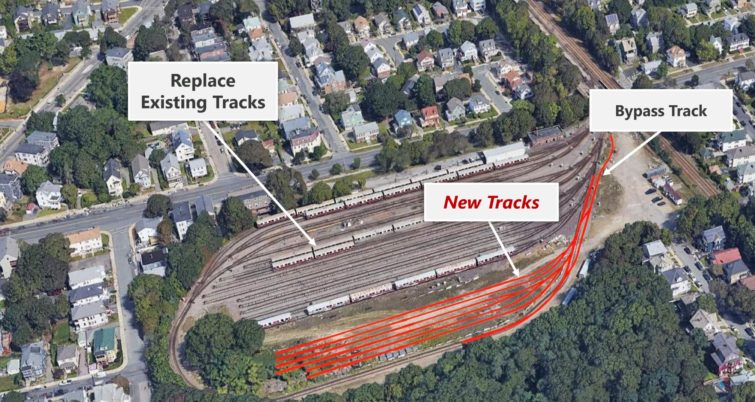Transit has been particularly slow to embrace accessibility, largely because it costs money up front, and redundant accessibility even more so. Not until the
2006 settlement of Joanne Daniels-Finegold, et al. v. MBTA were redundant elevators required in new MBTA designs. I believe this current set came out of the
2018 settlement update.
Sad to say, the MBTA is ahead of the curve on accessibility, largely because of the MAAB and that BCIL lawsuit. Most of the other systems in the US lack redundant elevators entirely; BART is still building $200M stations with only one platform elevator. Almost every non-accessible Green Line station is in active planning; Philadelphia has zero accessible light rail stations, while SF plans to leave most of its surface stops permanently inaccessible. Among legacy commuter rail systems, only Caltrain (with 1/4 the stations) and LIRR have more of their system accessible.



